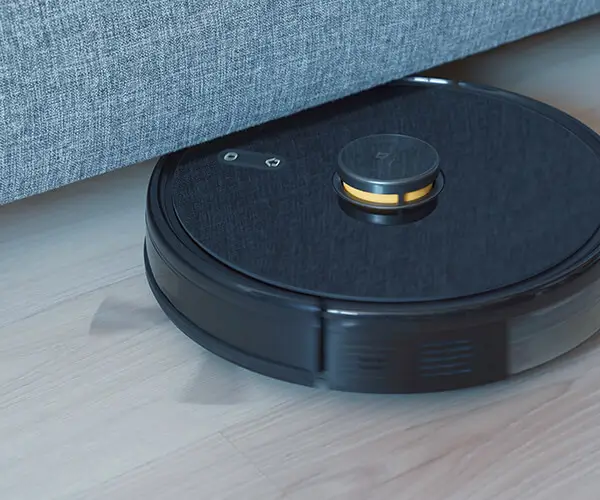In a world increasingly driven by remote work and digital collaboration, the ability to access your computer from anywhere has become more than just a convenience — it's a vital part of daily life. Think about it: whether you're managing a busy corporate network, supporting a client from a different city, or simply accessing your home PC while traveling, remote desktop technology has become the digital bridge that keeps us connected. Among the many tools designed to facilitate remote access, Windows Remote Desktop stands tall as one of the most reliable and user-friendly options.

Windows Remote Desktop allows users to connect seamlessly to their Windows machines from virtually anywhere, granting full control over files, applications, and system functions. It provides a feeling of being physically at your desk, even if you're halfway across the globe. But this power comes with nuances—knowing how to navigate the system, how to troubleshoot when issues arise, and understanding the significance of certain key commands can make all the difference between a smooth session and frustrating dead ends.
A cornerstone in managing Windows Remote Desktop sessions is the familiar keystroke combination: Ctrl+Alt+Delete. It’s a command so simple yet so potent that it’s often embedded in the collective consciousness of anyone who uses Windows. To the untrained eye, it might seem like just a quick way to lock your screen or log out. Yet, in the context of remote access, it’s a critical key—one that unlocks essential functions, from launching Task Manager to switching users, and even securing your session.
Imagine spending hours working remotely, fine-tuning a presentation or troubleshooting a network hiccup. Then suddenly, your session stalls or you can’t access certain system controls. In normal circumstances, pressing Ctrl+Alt+Delete on your local machine works perfectly. But when you’re connected through Remote Desktop, that combination doesn’t automatically translate, leading to confusion or worse, a feeling of helplessness. That’s where understanding the nuances of remote key commands comes into play.
The design of Windows Remote Desktop is user-centric, aiming to mimic the experience of sitting right in front of the physical machine. Yet, because of how keyboard shortcuts are relayed over the network, some commands—especially those involving control, alt, delete—require special handling. Without proper knowledge, users might assume the feature is broken, or simply that they’re out of luck, which can be quite frustrating in critical moments.
To ensure a smooth experience, setting up and understanding how to send Ctrl+Alt+Delete remotely is crucial. Windows provides built-in solutions, like the key combination Ctrl+Alt+End, which serves as the remote equivalent of Ctrl+Alt+Delete within a session. When pressed on your local machine during a remote session, it effectively transmits that command to the remote Windows environment. For many, this is the key to unlocking system functions—be it locking the session, opening task manager, or bringing up security options.
But why does this difference exist? It's a quirk rooted in how Windows handles system shortcuts and remote input. Ctrl+Alt+Delete is not just a benign combination—it's a secure attention sequence that initiates certain security-critical functions. Windows restricts this combination because, in a remote setting, a straightforward press of Ctrl+Alt+Delete can be ambiguous. The operating system needs a way to differentiate between local and remote commands to maintain security integrity.
Understanding these subtle differences adds depth to your remote working toolkit. For instance, if you’re trying to log off, switch users, or troubleshoot an frozen application, mastering the use of Ctrl+Alt+End can save you from a lot of head-scratching. Furthermore, knowing how to invoke other Windows commands remotely, like launching the Task Manager via keyboard shortcuts, enhances your ability to manage running processes efficiently.
In addition to keyboard shortcuts, Windows provides menus and on-screen options within the Remote Desktop session. For example, on Windows Server or advanced client configurations, you might find a menu bar allowing you to send commands like Ctrl+Alt+Del directly or manage session settings. Such features are designed to bridge the gap between physical control and remote management, offering users multiple pathways to achieve their goals.
Of course, mastering these controls isn’t just about troubleshooting; it’s about feeling empowered during your remote sessions. With a little familiarity, what once seemed like complex keystrokes become second nature. Suddenly, you’re able to lock your session when taking a break, open task managers to kill tricky processes, or switch users efficiently—all from across the globe.
Another aspect worth exploring is the security dimension of remote sessions. When you’re using Remote Desktop, every keystroke carries potential risk, especially in shared or unsecured networks. Secure handling of commands like Ctrl+Alt+Delete ensures session integrity, preventing accidental logout or exposing sensitive information. It’s also wise to keep your remote desktop client software up to date, as updates often include enhancements for better handling of key commands and security protocols.
In essence, the interplay of Windows Remote Desktop and the Ctrl+Alt+Delete command exemplifies the balance of power and finesse inherent in remote management. It’s the embodiment of how modern technology strives to keep us connected, control-empowered, and secure—even from thousands of miles away. Whether you’re a seasoned IT professional or a casual user venturing into remote work for the first time, understanding these foundational elements will elevate your experience, turning what could be a daunting technical challenge into a straightforward routine.
Established in 2005, Kpower has been dedicated to a professional compact motion unit manufacturer, headquartered in Dongguan, Guangdong Province, China.




































